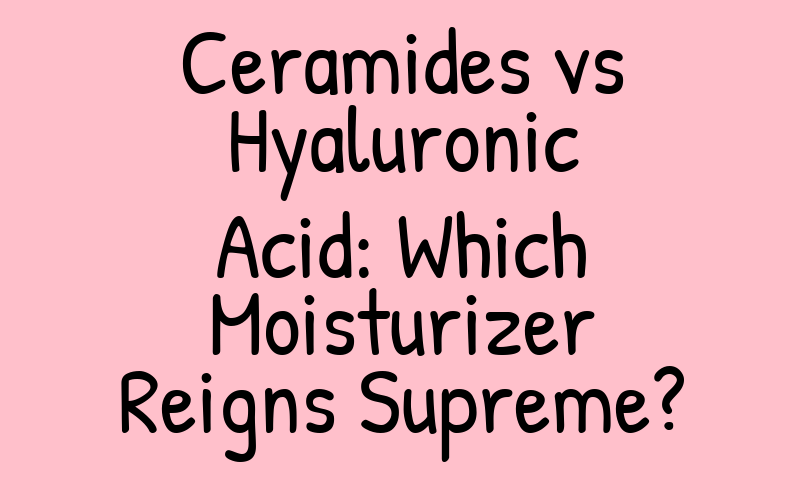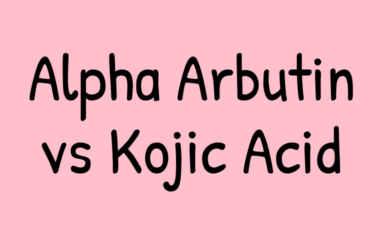Table of Contents
The Great Hydration Debate: Ceramides vs Hyaluronic Acid
When it comes to achieving radiant, hydrated skin, the options can be overwhelming. Two of the most popular ingredients on the market, ceramides and hyaluronic acid, have been touted for their incredible moisturizing abilities. But which one reigns supreme? In this article, we’ll delve into the world of ceramides and hyaluronic acid, exploring their benefits, drawbacks, and how they compare to help you make an informed decision for your skincare routine.
Ceramides: The Barrier Restorative
Ceramides are a type of natural lipid molecule that plays a crucial role in the structure and function of the skin’s barrier function. They are typically found in the stratum corneum, the outermost layer of the epidermis. When the skin is healthy, ceramides help to maintain the integrity of this barrier, keeping moisture in and irritants out. However, as we age or due to environmental factors, this natural barrier can become compromised, leading to dryness, irritation, and increased sensitivity.
Ceramides act as a “glue” that helps to repair and restore this damaged barrier, effectively “mending” the skin. They do this by binding to Aquaporin-3, a protein that helps to regulate water movement in the skin, allowing for better hydration and improved elasticity. By replenishing ceramides, we can help to:
* Strengthen the skin’s natural barrier function
* Improve the appearance of fine lines and wrinkles
* Enhance skin elasticity and firmness
* Reduce dryness and irritation
* Support the skin’s natural defense against environmental stressors
Hyaluronic Acid: The Moisture Magnet
Hyaluronic acid (HA) is a naturally occurring polysaccharide found in the body. It is known for its ability to retain water, making it an excellent ingredient for hydration. In the skin, HA molecules can hold up to 1000 times their weight in water, making it an effective ingredient for adding moisture to the skin.
The benefits of hyaluronic acid include:
* Deep hydration, leaving skin feeling soft, supple, and plump
* Improved skin elasticity and firmness
* Reduced appearance of fine lines and wrinkles
* Enhanced skin brightness and luminosity
* Support for the skin’s natural moisture barrier function
The Verdict: Ceramides vs Hyaluronic Acid
Here’s the table formatted properly:
| Ingredient | Ceramides | Hyaluronic Acid |
|---|---|---|
| Primary Function | Repairs and restores the skin’s natural barrier function | Retains water and provides hydration |
| Benefits | Supports skin’s natural defense, strengthens barrier function, improves elasticity and firmness | Provides deep hydration, improves skin elasticity and firmness, reduces fine lines and wrinkles |
| Drawbacks | Can be irritating for some skin types, may not provide immediate hydration | Can be heavy and overpowering for some skin types, may not address specific skin concerns like dryness and irritation |
| Activity Level | High | High |
| Recommended for | Dry, sensitive, and compromised skin | Dehydrated, dry, and mature skin |
In conclusion, both ceramides and hyaluronic acid are valuable ingredients in the world of skincare. While they share some similarities, they have distinct strengths and weaknesses. Ceramides are ideal for addressing skin barrier function and dry, sensitive skin, while hyaluronic acid is better suited for providing long-lasting hydration and addressing dehydration concerns. By understanding the unique benefits and drawbacks of each ingredient, you can make an informed decision to find the right product for your specific skin type and concerns.
Recommended Products
-
Product on sale
 SY Glow Hydrating And Brightening Lotion SPF40 – 250mlOriginal price was: KD6.000.KD5.000Current price is: KD5.000.
SY Glow Hydrating And Brightening Lotion SPF40 – 250mlOriginal price was: KD6.000.KD5.000Current price is: KD5.000. -
Product on sale
 CeraVe Acne Control Cleanser – 237mlOriginal price was: KD9.000.KD8.000Current price is: KD8.000.
CeraVe Acne Control Cleanser – 237mlOriginal price was: KD9.000.KD8.000Current price is: KD8.000. -
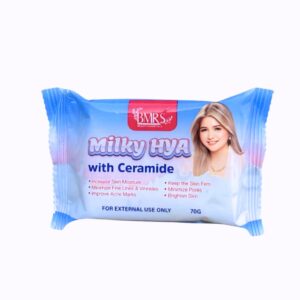 BMRS Milky Hya Soap With Ceramide – 70gKD3.190
BMRS Milky Hya Soap With Ceramide – 70gKD3.190 -
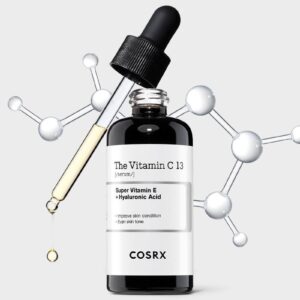 The Vitamin C 13 Serum 20mlKD6.500
The Vitamin C 13 Serum 20mlKD6.500 -
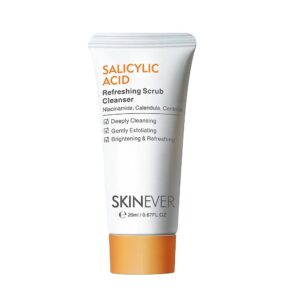 Skinever Salicylic Acid Refreshing Scrub Cleanser – 75mlKD4.490
Skinever Salicylic Acid Refreshing Scrub Cleanser – 75mlKD4.490 -
Product on sale
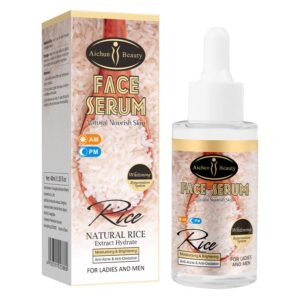 AICHUN BEAUTY Face Serum Natural Rice Extract 40mLOriginal price was: KD8.000.KD4.000Current price is: KD4.000.
AICHUN BEAUTY Face Serum Natural Rice Extract 40mLOriginal price was: KD8.000.KD4.000Current price is: KD4.000. -
Product on sale
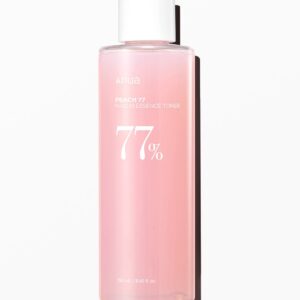 Anua Peach 77 Niacin Essence Toner 250mLOriginal price was: KD10.000.KD7.000Current price is: KD7.000.
Anua Peach 77 Niacin Essence Toner 250mLOriginal price was: KD10.000.KD7.000Current price is: KD7.000. -
 Dr. Davey Skin Whitening Face Cream – 50gKD3.990
Dr. Davey Skin Whitening Face Cream – 50gKD3.990 -
 Dr Davey Active 7 Days Whitening Lotion – 300mlKD2.990
Dr Davey Active 7 Days Whitening Lotion – 300mlKD2.990

